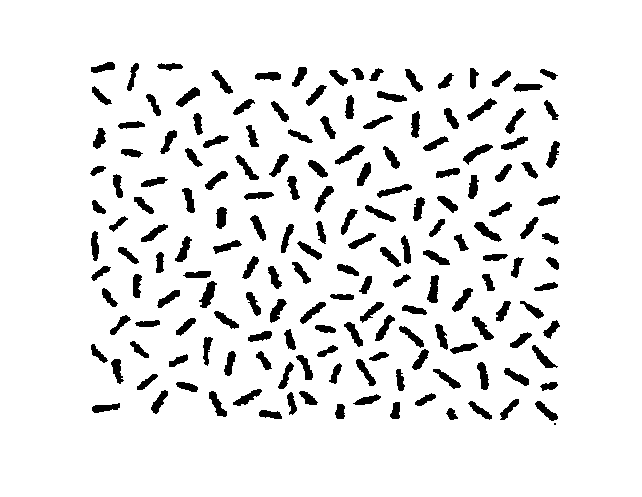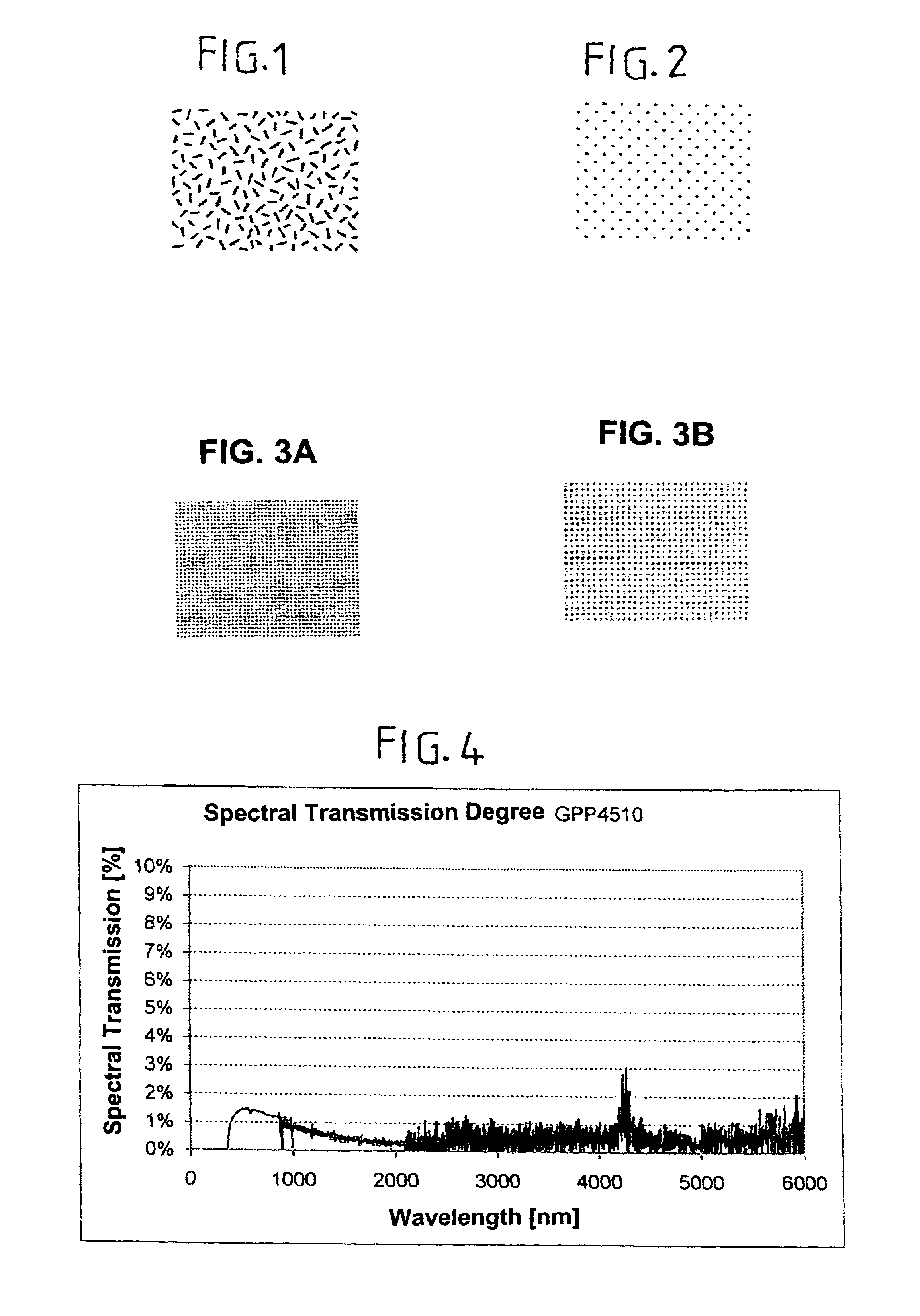Glass ceramic plate providing a cooking surface for a cooking apparatus and having a coating on an underside thereof and coating process for making same
a technology of glass ceramic and cooking surface, which is applied in the direction of conductive materials, metal/alloy conductors, conductive materials, etc., can solve the problems of not being suitable for gas cooking apparatus, not being resistant to burned food, and known solutions not being suitable for glass ceramic. achieve the effect of easy oxidation and high chemical resistan
- Summary
- Abstract
- Description
- Claims
- Application Information
AI Technical Summary
Benefits of technology
Problems solved by technology
Method used
Image
Examples
example 1
Silvery Underside Coating
[0055]A colorless glass ceramic plate with a composition according to EP 1,170,264 B1 (Table I, left column) was coated on its topside with a white decorative paint according to DE 197 21 737 C1 and coated and ceramicized to form a regular concealing grid according to FIG. 2. Subsequently a commercially obtained silver-free noble metal preparation GPP 4510 (HERAEUS, Hanau) was applied to the underside of the ceramicized glass ceramic plate by means of screen printing (sieve width 140-31) and dried for about 3 hours at 20° C. Then the coated glass ceramic was heated at 1 K / min to 830° C. and the coating was burned in for 1 hour at 830° C. After the burn-in the underside of the glass ceramic plate had a silvery coating (see also experiment 1 in Table II).
[0056]The noble metal fraction of the paint amounts to 11% by weight (89% by weight burn-in loss). The noble metal film is composed (in % by weight) from 60 to 90% gold, 16 to 24% platinum, 0.5 to 2% rhodium, ...
example 2
Shiny Golden Underside Coating
[0062]Another similarly silver-free noble metal preparation (GGP 070505, HERAEUS, Hanau) was used in a manner similar to example 1 to provide a glass ceramic substrate with a shiny or lustrous golden underside coating. The resistance to food materials, the opacity, the temperature resistance (including adherence), and the concealing action of the topside decoration were found to be satisfactory according to the above-described tests.
example 3
Variation of Underside Color Shades
[0063]The silver color shade of the noble metal preparation GPP 4510 described in example 1 could be changed by application of a white paint layer, without impairing the application properties of the underside coating. Moreover the ceramicized glass ceramic plate was first coated with GPP 4510 by means of screen printing (Sieve width 140-31). An additional paint layer of GPP 4510 was printed over the first paint layer and dried after that. After burn-in at 830° C. the color parameters were measured with a spectrophometer (Mercury 2000, Datacolor GmbH). Comparison of the color parameters of the one layer system with the associated two-layer system showed that the color parameters changed slightly. The color parameters are tabulated in Table II.
[0064]
TABLE IICOLOR PARAMETERS L*, a*, b* FOR DIFFERENTNOBLE METAL LAYER SYSTEMSColor differenceTestBody testedL*a*b*ΔE1Single silver layer71.02.411.20.72Twofold silver layer70.42.711.43Single gold layer73.98....
PUM
| Property | Measurement | Unit |
|---|---|---|
| thickness | aaaaa | aaaaa |
| temperature | aaaaa | aaaaa |
| temperature | aaaaa | aaaaa |
Abstract
Description
Claims
Application Information
 Login to View More
Login to View More - R&D
- Intellectual Property
- Life Sciences
- Materials
- Tech Scout
- Unparalleled Data Quality
- Higher Quality Content
- 60% Fewer Hallucinations
Browse by: Latest US Patents, China's latest patents, Technical Efficacy Thesaurus, Application Domain, Technology Topic, Popular Technical Reports.
© 2025 PatSnap. All rights reserved.Legal|Privacy policy|Modern Slavery Act Transparency Statement|Sitemap|About US| Contact US: help@patsnap.com


